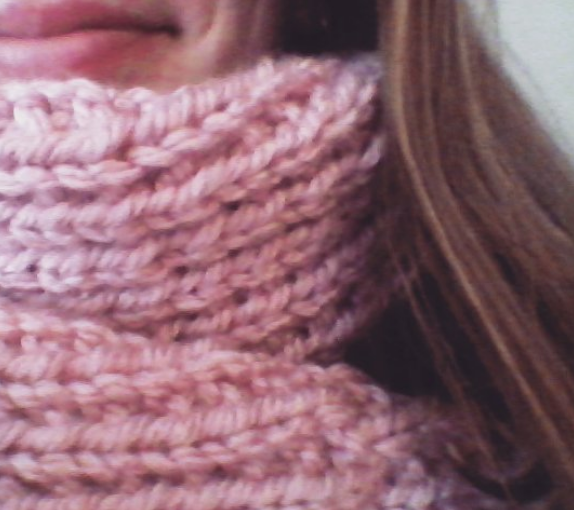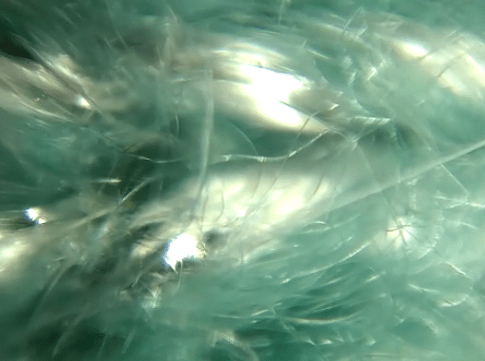We know this because the researchers combined different types of light and imaging. Typically, when you take a picture with a standard camera, you are capturing the reflected visible light – as was done in panel (a) in the image. This gives you information about the colors that we can see with our eyes, i.e. “visible”, with wavelengths between ~ 400 and 700 nm. ***
By using light of different wavelengths, they learned more about the chemical properties of the sample. For example, by illuminating and capturing infrared light – with wavelengths over 700 nm (c, false-colored in d) – or ultraviolet (UV) light – with wavelengths under 400 nm (e, false-colored in f).
There’s one panel I left out… Materials do more than just reflect light, they also absorb light: transferring light energy into another type of energy. This energy can be heat, but it can also be re-emitted as light of a different wavelength than the incident light, a process called luminescence. An example of luminescence is the glow-in-the-dark (phosphorescent) stars I have on my ceiling. Another example, and more relevant to the sock, is taking a picture of the visible light while using UV-lighting, or UV-induced visible luminescence (b).
So each dye has in a unique “fingerprint,” a unique combination of signatures using these different types of light. Well, relatively unique – it’s science, everything is “known” with a certain statistical significance. In any case, this allows the British Museum scientists to make very educated guesses about what dyes were used, in which combinations, and in which amounts.
My sweater-to-be is going to be stripy too. Luckily for me, I can just go to a yarn shop and by a huge ball of wool (light blue) and some silver thread to add in for the lines. I don’t need to do any dying. And who knows, perhaps scientists 1700 years in the future will have some newer imaging technique and want to study my sweater?






**scrolls scrolls scrolls down
“There would be no exhibit B”
XD XD XD
**scrolls scrolls scrolls up
Loved it! Just hilarious!